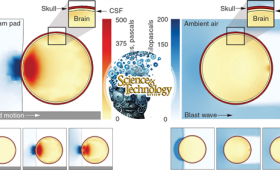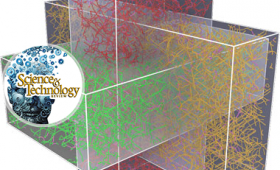Livermore simulations are helping scientists understand and prevent traumatic brain injury (TBI).
Science and Technology
in the News
Science and Technology
in the News
News Center
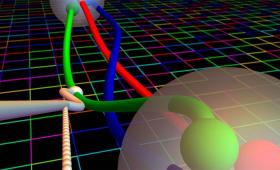
A Livermore–Berkeley team is a finalist for the prestigious 2018 Gordon Bell Award, one of the world’s top honors in supercomputing.
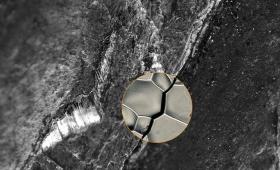
Scientists have for the first time captured 3D images of microscopic cracks in metal caused by exposure to hydrogen, also known as hydrogen embrittlement.
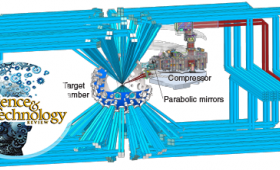
The Advanced Radiographic Capability is the most energetic short-pulse laser in the world.
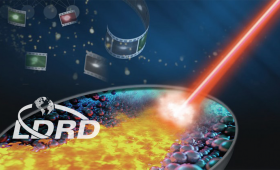
Researchers are exploring machine learning to process the data obtained during 3D builds.

Two new experimental techniques are shedding new light on the effects of hydrodynamic instabilities in NIF inertial confinement fusion implosions.
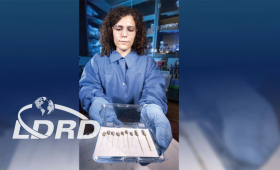
The Laboratory has developed a new technique that enhances the performance of its flexible thin-film biological sensors,
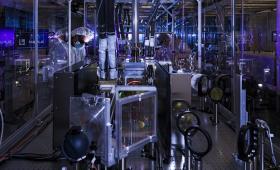
Three teams of Lawrence Livermore National Laboratory scientists, each supported by a Laboratory business development executive, have captured regional awards for technology transfer from the Federal Laboratory Consortium.
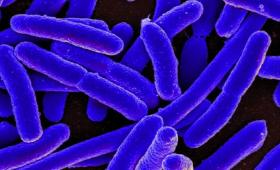
Multi-institutional research team develops a new system to control gene expression in laboratory bacteria.


